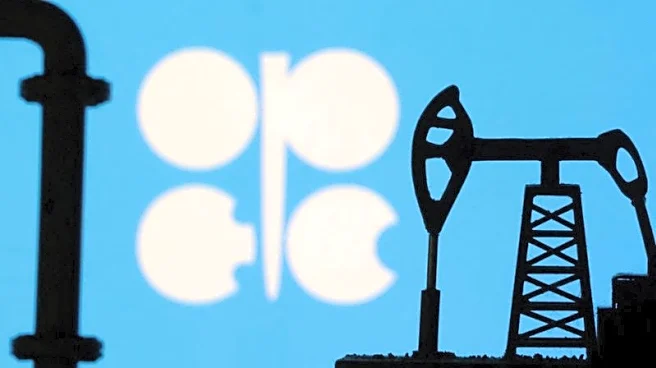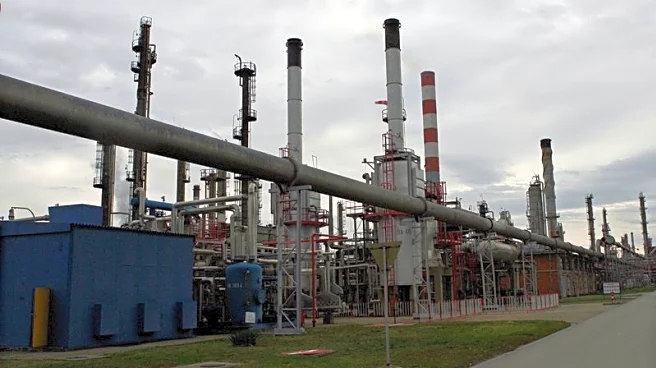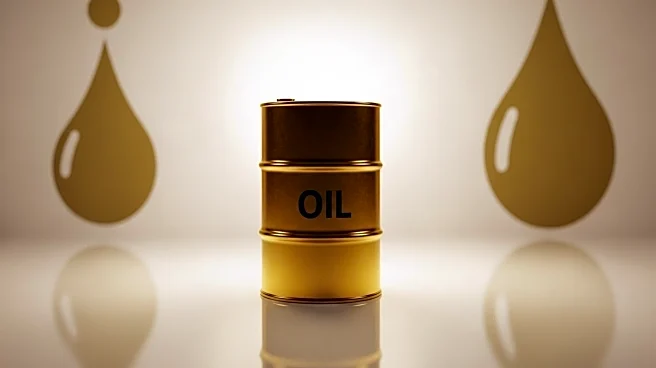What's Happening?
OPEC+ has not increased oil production as much as initially anticipated, with several member countries facing capacity constraints. The group has delivered only 75% of the production increases promised since April 2025, falling short of the nominal increase of 1.92 million barrels per day. Iraq, OPEC's second-largest producer, is compensating for past overproduction and is not significantly raising output. Russia is also facing challenges due to Ukrainian drone attacks damaging export infrastructure. The limited spare capacity among OPEC+ members, except for Saudi Arabia and the UAE, restricts further production increases.
Why It's Important?
The lower-than-expected production increase by OPEC+ could ease concerns about an oversupply in the oil market, potentially stabilizing prices. This development is crucial for global energy markets, as it influences oil price forecasts and economic planning. The constraints faced by OPEC+ members highlight the challenges in balancing production targets with geopolitical and infrastructural issues. The situation may lead to sustained higher oil prices, impacting consumer costs and economic growth.
What's Next?
OPEC+ plans to return 137,000 barrels per day of previously cut production to the market in October, reflecting a steady global economic outlook. However, ongoing geopolitical tensions and capacity limitations may continue to affect production levels. Stakeholders will need to monitor OPEC+ decisions and market responses closely, as these factors will influence future oil price trends and economic stability.
Beyond the Headlines
The production constraints faced by OPEC+ underscore the importance of investment in energy infrastructure and diversification of energy sources. The reliance on a few key producers for global oil supply highlights vulnerabilities in energy security, prompting discussions on sustainable energy solutions and strategic planning to mitigate risks.











